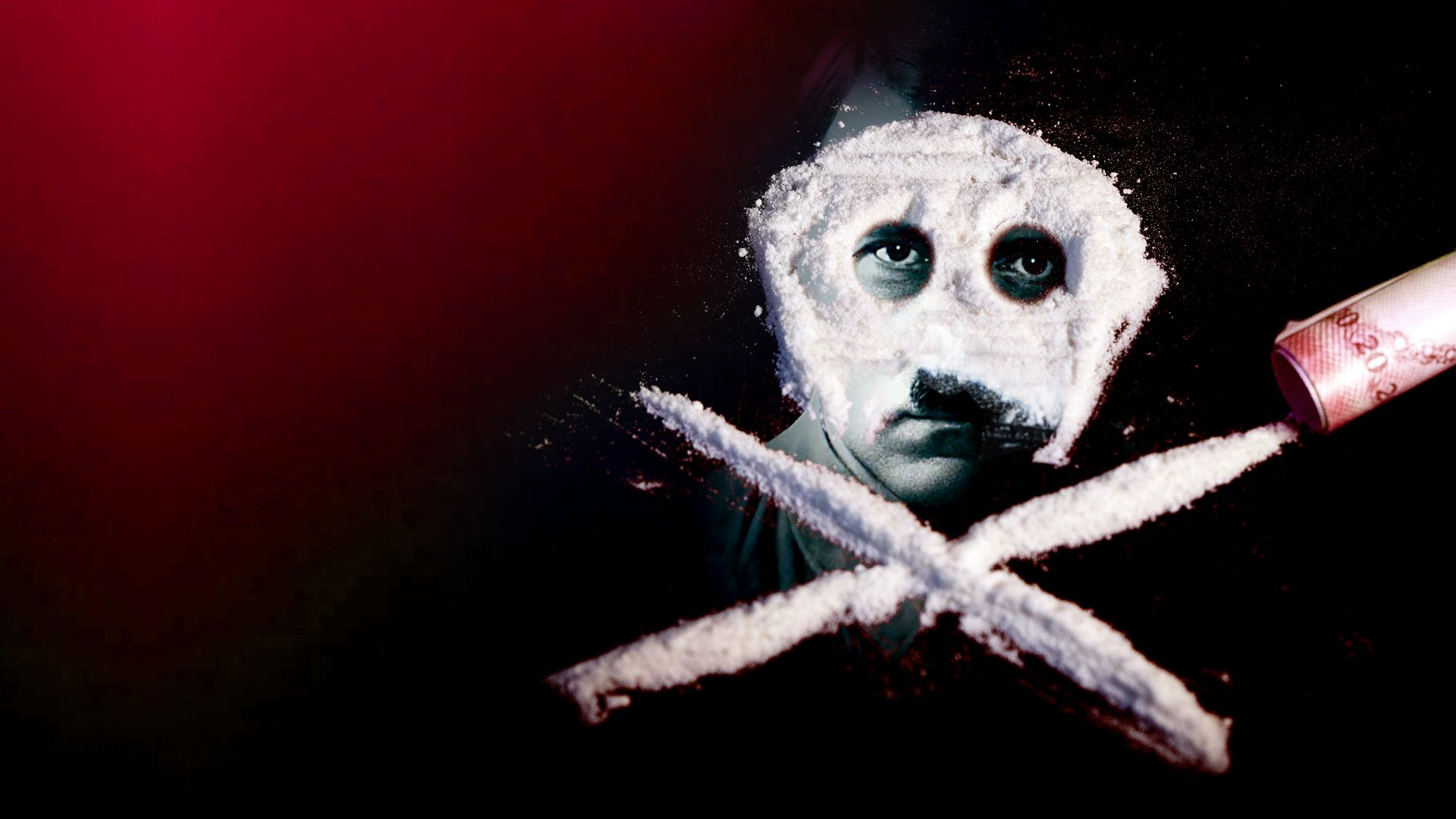

Blitzed: Nazis on Drugs
Blitzed: Nazis on Drugs
The stimulant Pervitin was created for Nazi soldiers in 1938 Germany. For many years, it was used as a performance-enhancing drug, keeping soldiers awake and alert for days on end. Historians examine the facts and theorize how this well-documented drug use may have affected World War II.
The stimulant Pervitin was created for Nazi soldiers in 1938 Germany. For many years, it was used as a performance-enhancing drug, keeping soldiers awake and alert for days on end. Historians examine the facts and theorize how this well-documented drug use may have affected World War II.
Related Articles
View AllA War with Drugs: WWII’s Amphetamine-Fueled Armies
WWII was a technologically advanced conflict, and recruits became unknowing test subjects in an effort to use amphetamines to create “super soldiers” on both sides of the…
How Hitler and the Nazis Stole Art (and Profited from the Crime)
Out of 600,000 works of art stolen or looted by the Nazis during WWII, more than 100,000 are still unaccounted for. Nazi collaborators, even in Allied countries, helped the Nazis…
Nazi Data Science: The Dark History that Led to Modern Data Laws
Nazi data scientists provided Hitler statistics about the “undesirables” in the German Volk. For the Reich, mass murder became a big data problem solved with the help of the then…
Nazi Architecture: Hitler’s Grandiose Plans for Imperial Berlin
The Nazi building program, mostly unrealized, reveals the depth of Hitler’s madness. Rebuilding Berlin and planning enormous structures to glorify the German ruler’s ego wrought…
Lebensborn: The Nazi’s Secret Sex Program to Conceive a ‘Master Race’
The Nazis revered so-called “Aryan” motherhood. During the Nazi era, the ability of “racially valuable” women to give birth was a prime goal. Even so, low birth rates pushed the…
How a Nazi U-Boat and Its Enigma Machine Ended Up in a Chicago Museum
The U-505 was taken on the high seas by a U.S. Navy task force through planning, valorous action, and a lot of luck. Slated for demolition after the war, it was saved again by a…